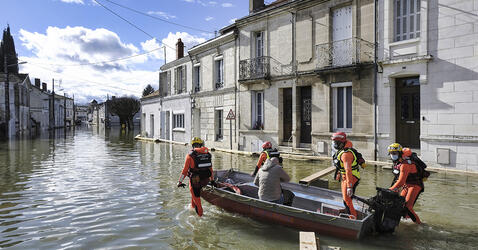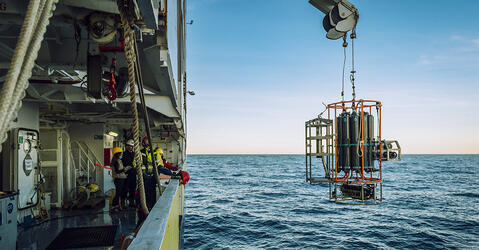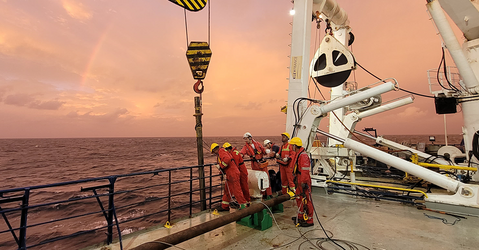You are here
Earth
Arthur is a new submersible ROV (remotely-operated vehicle) designed for underwater archaeology. Offering unprecedented performance and versatility, it is able to explore shipwrecks for treasure and the marine life they harbour, at depths as great as 2500...
Article
04.16.2025
Alaska is hit hard by climate change. The subsequent rise in temperatures causes permafrost to degrade. Without this underground layer of ice that acts as a cement, mountain slopes become fragile. This video takes you to the field to study the Alaskan soil...
Video
04.09.2025
How to measure the dislocation of ice floes, the immense expanses of ice floating in polar seas? Easy! Create a model of the ice pack, find the best way to shake it, and watch as it breaks under the effect of waves.
Slideshow
03.19.2025
Over the past few months, our planet has been ìmpacted by intense solar flare activity on the Sun. This phenomenon, which caused the polar auroras that recently lit up European skies, could also disrupt a number of industries. To better predict such solar...
Article
03.18.2025








